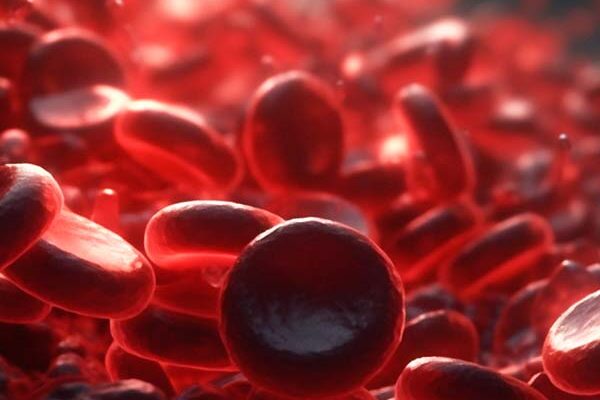Machine learning approach for high-level multiplexing in qPCR and dPCR, up to 21-plex demonstrated
The technology enables accurate multiplexing (up to 21 targets in a single well has been demonstrated). The patented approach enables the recognition of primer-characteristic molecular signatures. This gives rise to truly affordable solutions in established molecular tests, by effectively extracting the kinetic and thermodynamic information from existing real-time data. Importantly, this technology is compatible with conventional qPCR and state-of-the-art dPCR set-ups.
Proposed use
This technology enhances diagnostic performance and increases throughput by identifying multiple nucleic acid targets in a single amplification reaction. It is compatible with a wide range of amplification chemistries (e.g., probe-based, intercalating dyes, and isothermal reactions), and hence, can be seamlessly integrated with various laboratory workflows.
Problem addressed
Efficiency and affordability are paramount for a wide range of diagnostic applications including infectious diseases, genotyping and precision cancer medicine. Multiplexing offers a solution that reduces the requirements in physical space, time-to-result, and volume of reagents and sample. To date, multiplexed assays rely on fluorescent probes (limited by optical instrumentation), post-amplification analysis (lengthy gel-electrophoresis or expensive sequencing approaches) or spatial multiplexing (resource consuming).
Technology overview
The technology leverages machine learning to automatically learn target-specific information encoded in each amplification event (via real-time data), to identify the nature of nucleic acid molecules.
Benefits
- Enables a time and cost-effective solution to identify multiple nucleic acids in a single chemical reaction
- Provides extremely reliable and accurate high-level multiplexing capability
- Applies across real-time PCR platforms and amplification chemistries that are used in many scientific fields
- Identifies millions of single amplification reactions in seconds
Intellectual Property Information
GB 2013035.7 – IDENTIFYING A TARGET NUCLEIC ACID






